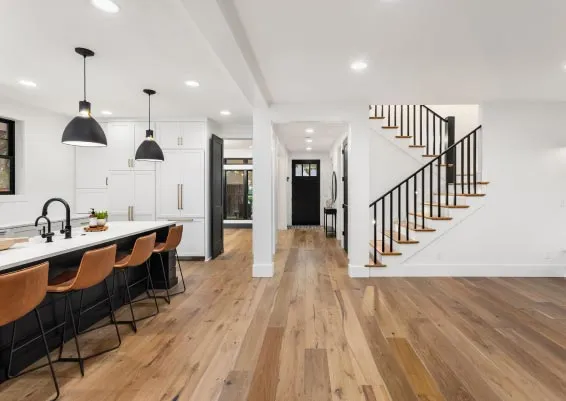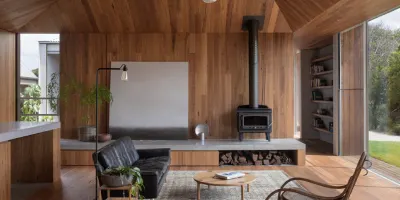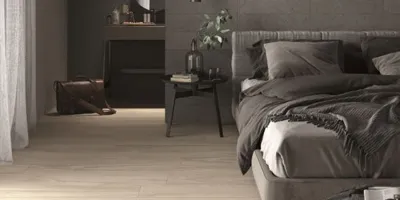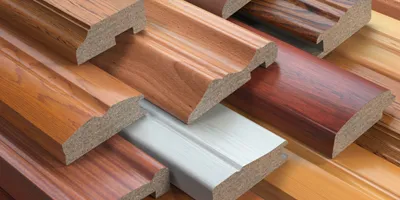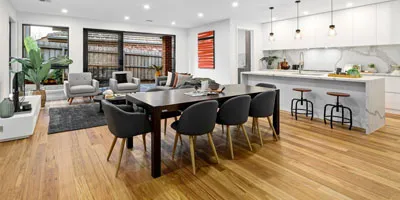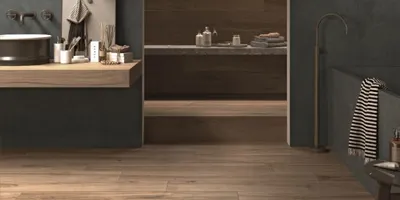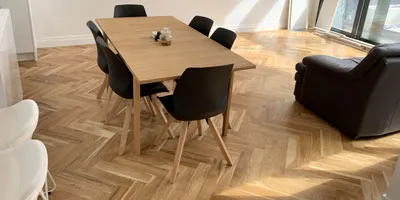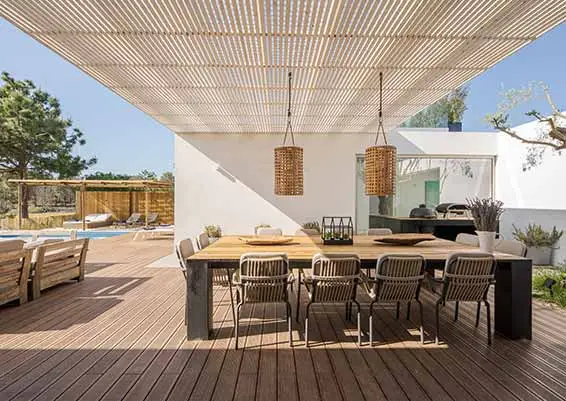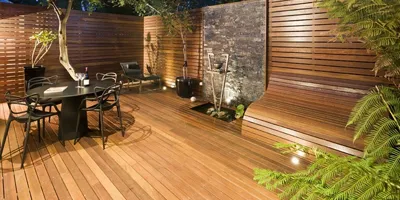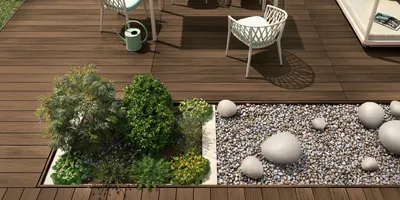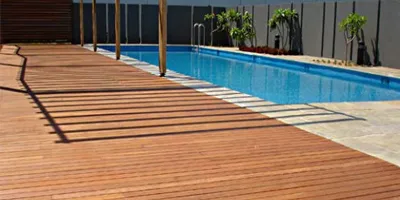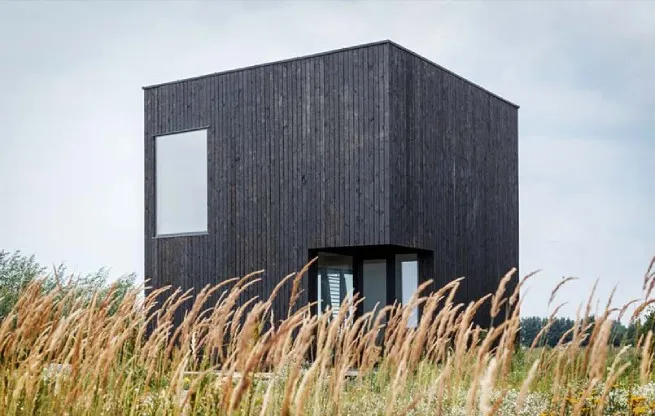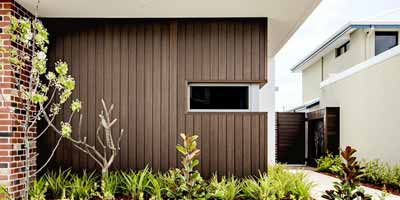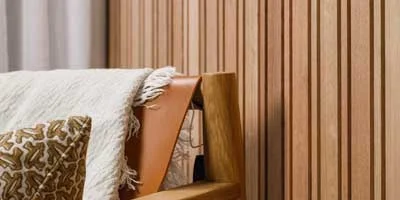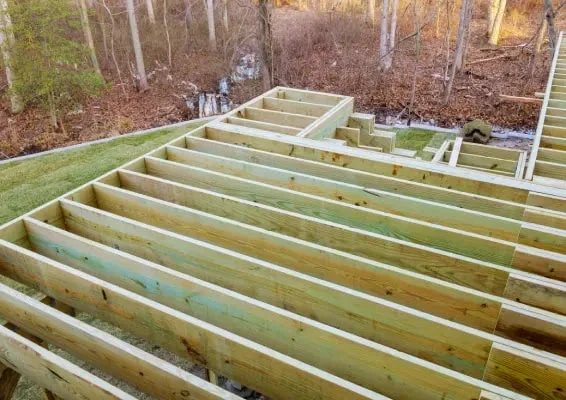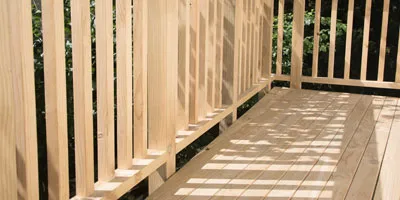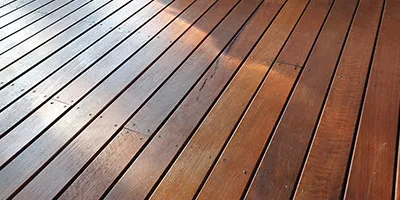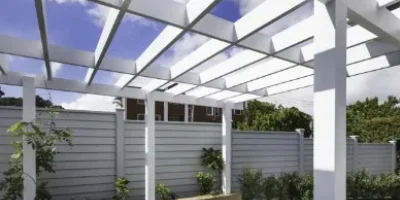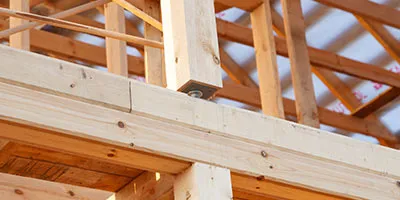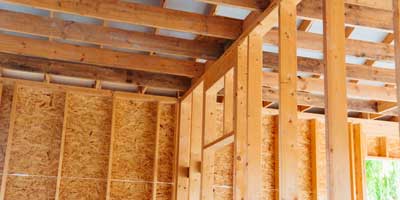What Is Composite Decking Made Of? Key Components
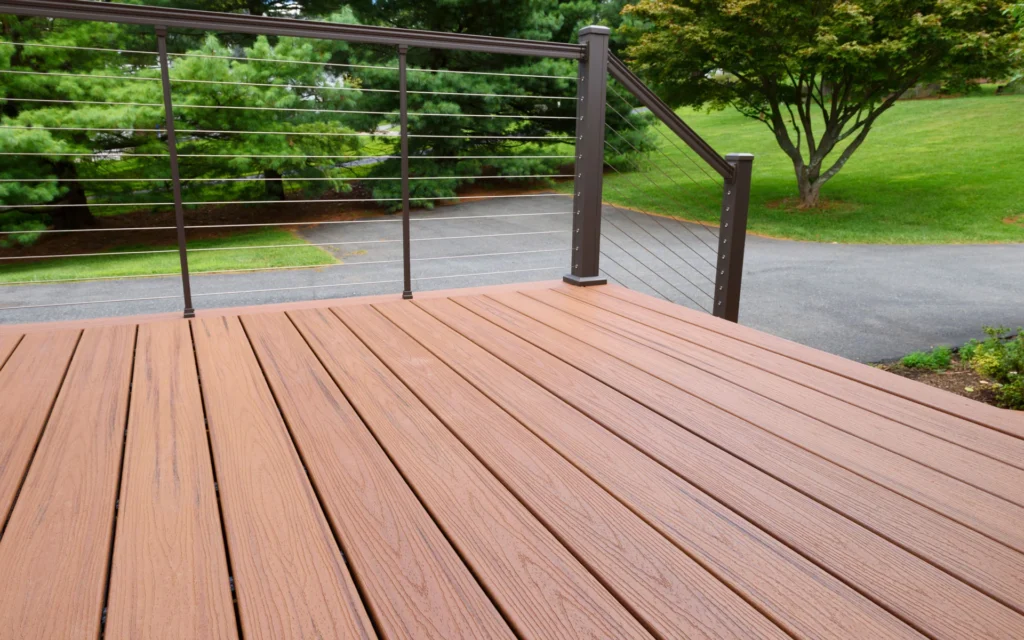
Composite decking has been making its way into backyards for a while now. You might have noticed it around pools, patios, or even in those bigger garden projects where people want something robust but not high-maintenance. The reason it works so well comes down to what the boards are made of. It’s a mix of wood and plastic, giving it an edge even in the most demanding climate.
Main Elements You’ll Find in Composite Decking
At the heart of every composite board are three things: wood fibres, recycled plastics, and a bunch of additives that hold it all together. This seemingly simple combination lends it the most unique advantages. Let’s have an in-depth look at these components:
Wood Fibres
Most composite boards are loaded with timber by-products, ranging from sawdust, shavings, and even offcuts that would usually be waste. In most cases, these fibres make up about half the board. That’s why when you look at composite decking, it resembles natural wood. You still get the grain and the warmth under bare feet reminiscent of hardwood.
And in a way, it’s good to know that what would’ve ended up in a skip bin is now part of your deck.
Also Read – Why Does Choosing the Right Composite Decking Matter?
Recycled Plastics
The plastics used in composite decking are usually high-density polyethylene or HDPE. These are materials pulled out of recycled bottles, bags, or packaging. These act as barriers that prevent moisture from seeping into the board, which can lead to rotting or swelling. This is an excellent advantage for those in humid climates where water damage shows up really quickly.
Plastics also keep the termites away. We all know what a swarm of white ants can do to untreated wood. Here, they’ve got nothing to chew on.
Additives
Additives don’t take up much space in a composite board, but they make a big difference. You’ll usually find:
- Colour pigments that give the boards their timber-like shades and keep them consistent from batch to batch.
- UV stabilisers that fight off the harsh Australian sun so the colour holds for longer without fading.
- Bonding agents (sometimes called coupling agents) that make sure the wood fibres and plastics stay locked together through years of use.
- Anti-fungal agents that help stop mould and mildew, which is handy in damp or coastal areas.
- Fire retardants that can lift the fire rating of boards are an advantage in bushfire-prone regions.
- Fillers like calcium carbonate strengthen the board’s core and make density more uniform.
- Anti-oxidants that slow down plastic degradation, so the boards keep their structure over time.
Each of these is a small addition, but together they fine-tune how the boards perform outdoors. Without them, you’d see quicker fading, weaker bonds, or even faster wear. With them, composite decking stands up better to the real-world conditions you see in Aussie backyards.
How Are Composite Boards Made
Knowing what’s inside composite decking is one part of the story. The way the boards are made is just as important, because that’s what keeps them consistent from one batch to the next. It’s a refined process that big manufacturers run carefully.
Here’s the general flow:
- The wood fibres and plastics get dried out first
- Everything is blended together in exact ratios, along with extras like pigments for colour, UV stabilisers for the sun, bonding agents, and even fire retardants where needed
- The mix is heated and pushed through moulds, shaping the boards and pressing in that timber-like grain pattern you often see
- A protective cap layer around the board is added
- Finally, the boards are cooled, cut to size, and checked over before heading out for use
Though this is the standard procedure for making the composite boards, it can differ based on whether you want:
-
- Solid Boards: Heavier boards with a single solid core built to withstand harsh weather and heavy foot traffic.
- Hollow Boards: Lighter, easier to handle hollow core that’s also affordable, suitable for a small deck or balcony, they usually do the job just fine.
And before they leave the factory, boards go through a round of stringent testing, from load-bearing to slip and impact resistance.
Things to Remember When Choosing Composite Decking
Composite decking takes a lot of the headaches out of outdoor projects, though there are still a few things worth keeping in mind before you settle on a board.
- Budget comes first since composite boards usually cost more upfront than treated pine or some hardwoods. Over the long run, the lower maintenance can even things out, but it’s still good to plan for that initial spend.
- Colour choices matter because darker shades can hold more heat on really sunny days, especially in places like Queensland. Lighter tones or shaded areas make a deck more comfortable underfoot.
- Profile type makes a difference with solid boards feeling sturdier under heavy traffic and hollow boards offering a lighter, easier-to-handle option for smaller spaces.
- Capped vs uncapped boards is another decision point. Capped boards resist stains and fading better, while uncapped boards tend to be cheaper.
- Slip ratings count if the deck is going near a pool, spa, or any area that’s likely to get wet. Always check how the boards perform in these conditions.
- Warranty length tells a story about the product’s quality. Some brands give up to 50 years, which shows confidence in how long the boards will hold up.
Taking these points into account means you’re not just picking what looks good. Rather, you’re choosing something that’ll stand up to your lifestyle and the Aussie climate.
Wrapping It Up
Composite decking is all about balance. You’ve got wood fibres for looks, plastics for durability, and additives to keep everything in check. The result is a board that works well in Australian backyards, whether that’s a small courtyard deck or a big entertaining area.
It’s not just a substitute for timber. It’s a smarter take on it.
Greenhill Timbers is your one-stop shop in Melbourne for premium timber products. We combine quality sourcing, diverse product offerings, expert support, and seamless project execution from inquiry to installation. Contact us to learn more about our products.

